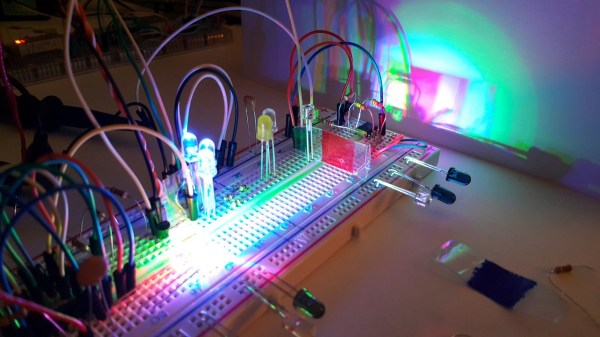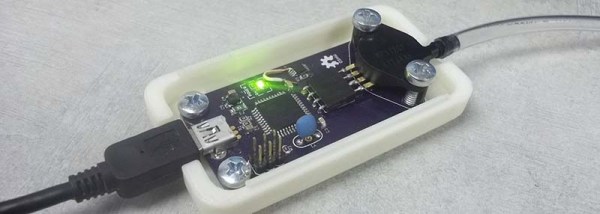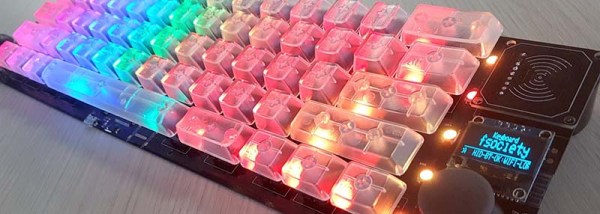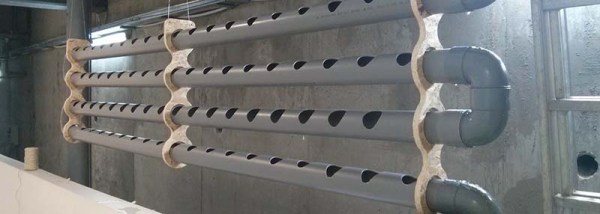[Jovan] is very excited about the possibilities presented by Visible Light Communication, or VLC. It’s exciting and new. His opening paragraphs is filled with so many networking acronyms that VLC could be used for, our browser search history now looks like we’re trying to learn english without any vowels.
In lots of ways he has good reason to be excited. We all know that IR can communicate quite a bit, but when you’re clever about frequency and color and throw in some polarizers with a mix of clever algorithms for good measure you can get some very high bandwidth communication with anything in line of site. You can do it for low power, and best of all, there are no pesky regulations to stand in your way.
He wants to build a system that could be used for a PAN (Personal Area Network). To do this he’ll have to figure out a way to build the system inexpensively and using less than a watt of power. The project page is full of interesting experiments and quite a few thesis on the subject of LEDs.
For example, he’s done work on how LEDs respond to polarization. He’s tested how fast an LED can actually turn on and off while still being able to detect the change. He’s also done a lot of work characterizing the kind of light that an LED emits. We don’t know if he’ll succeed yet, but we like the interesting work he’s doing to get there.










 If your project didn’t make the cut, there’s still an oppurtunity for you to build the next great piece of hardware for The Hackaday Prize. The
If your project didn’t make the cut, there’s still an oppurtunity for you to build the next great piece of hardware for The Hackaday Prize. The 










